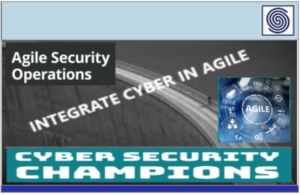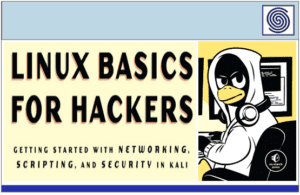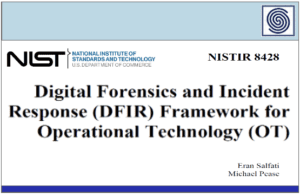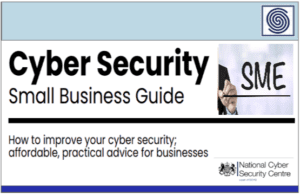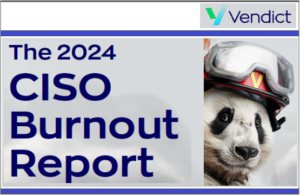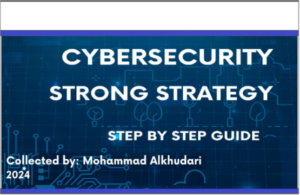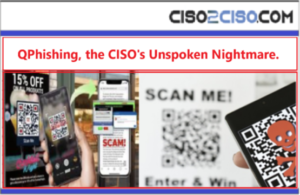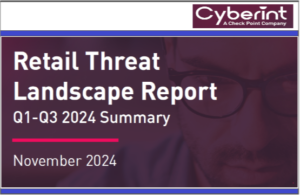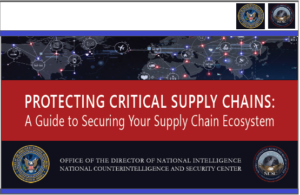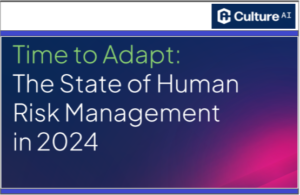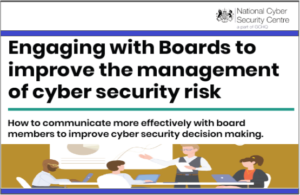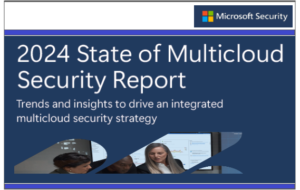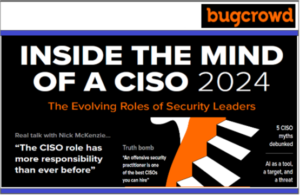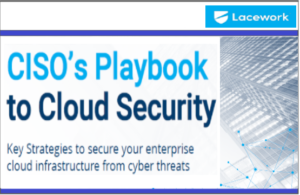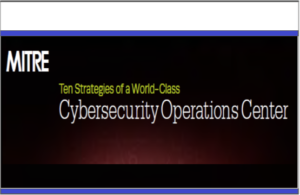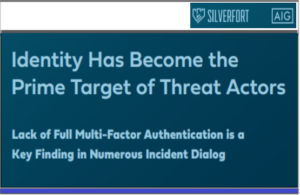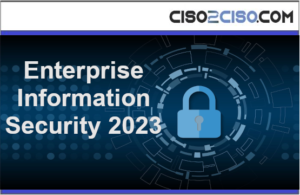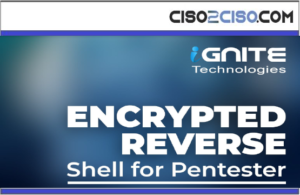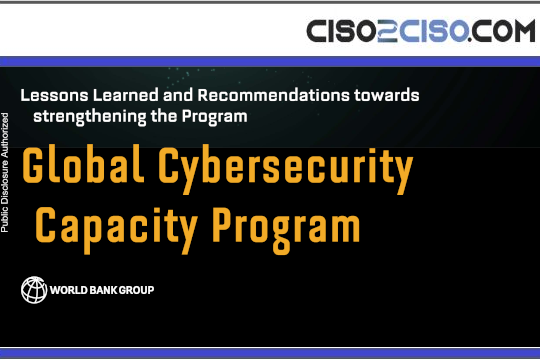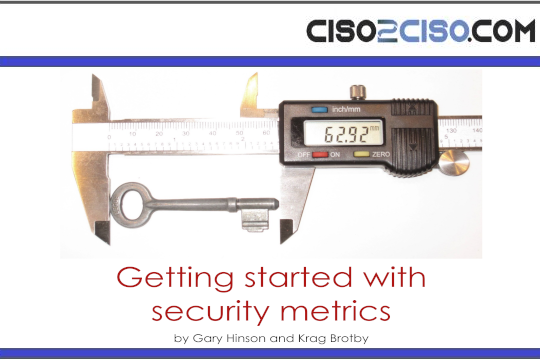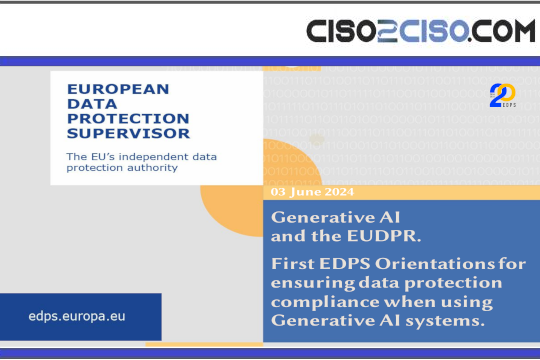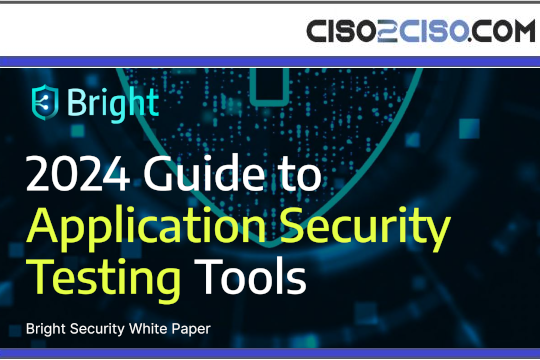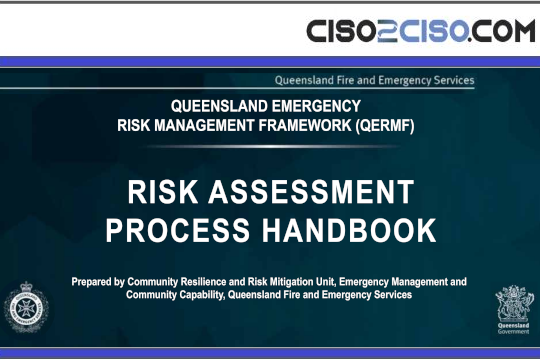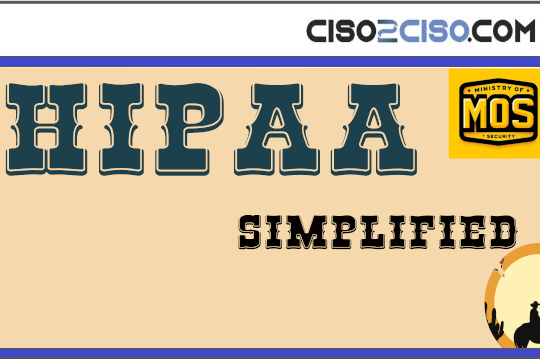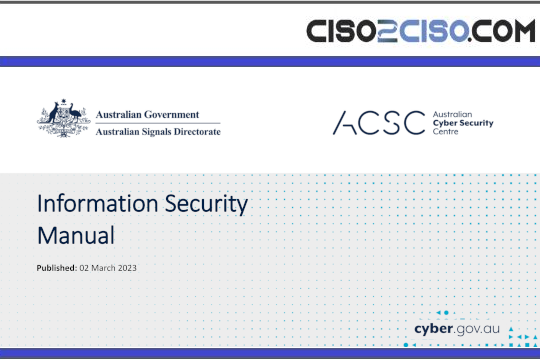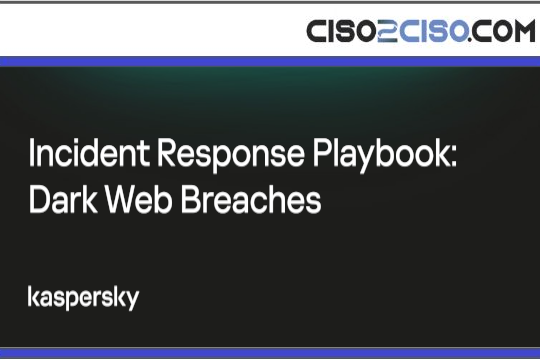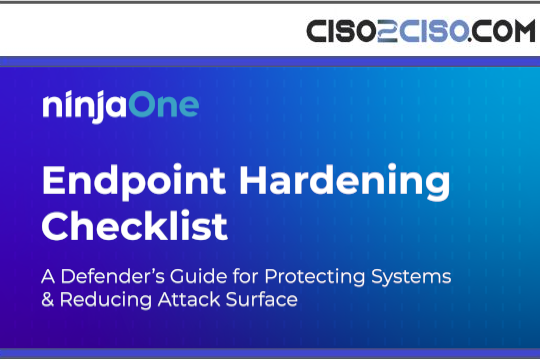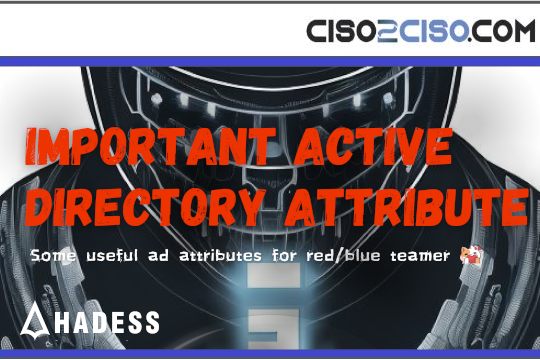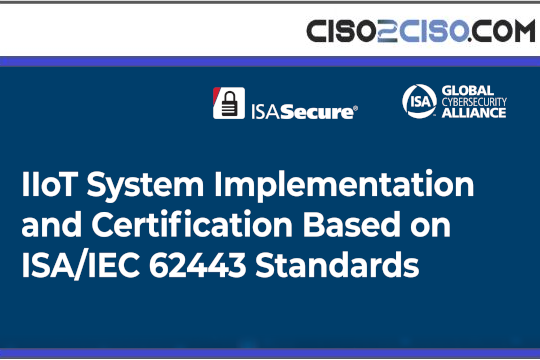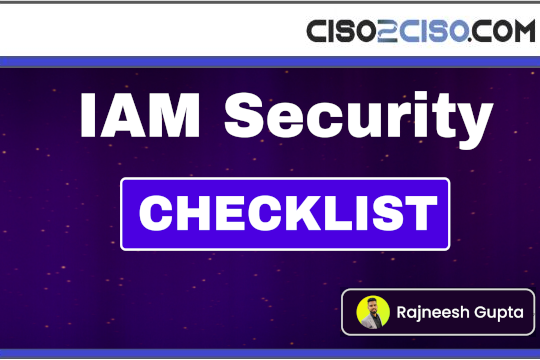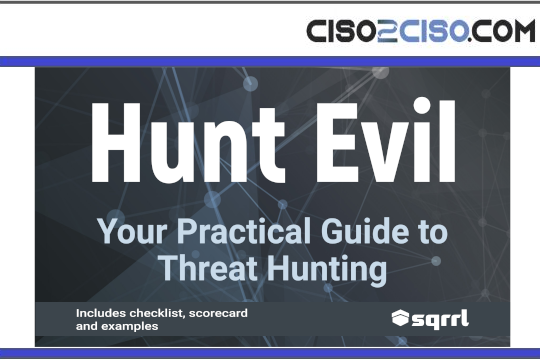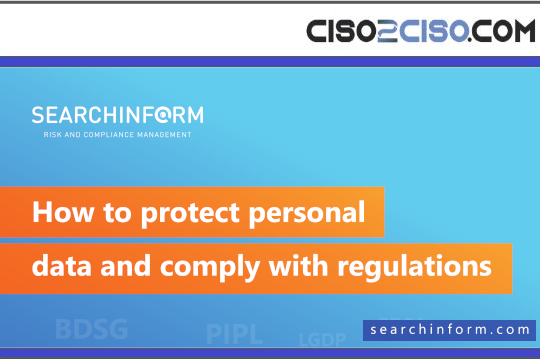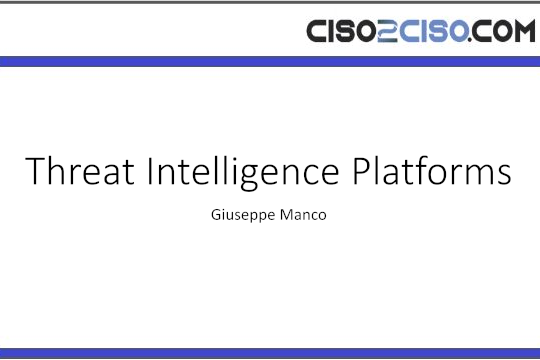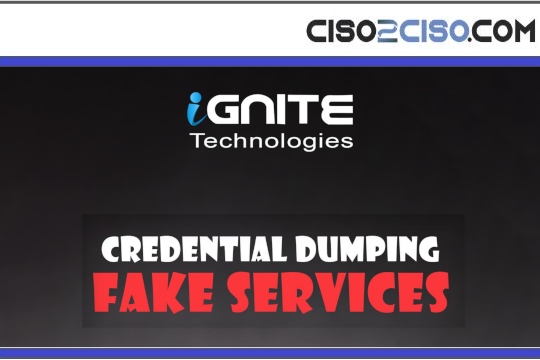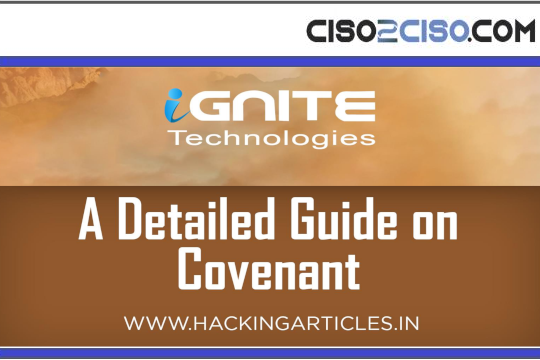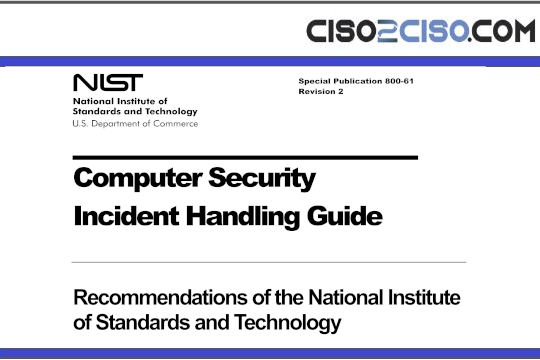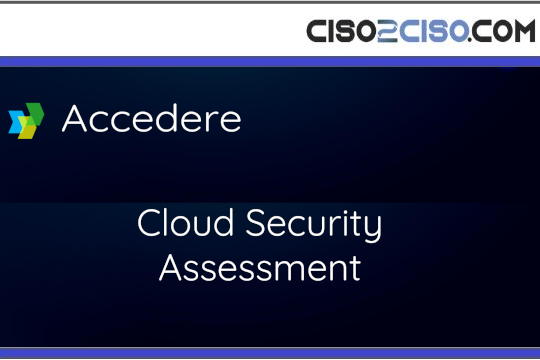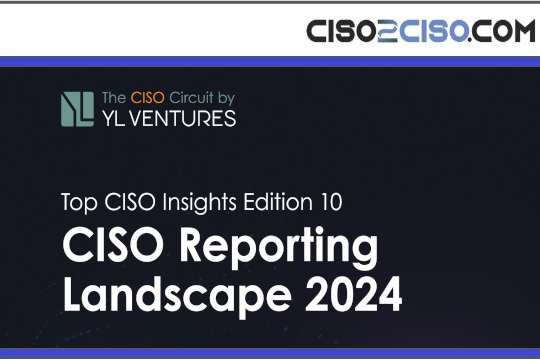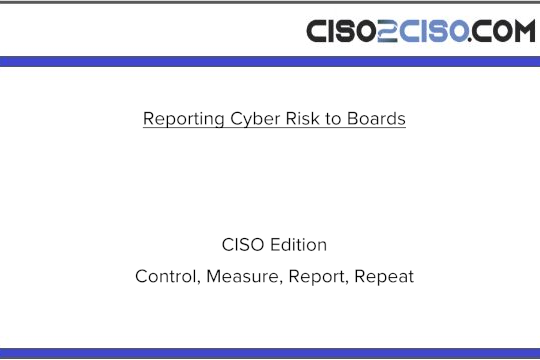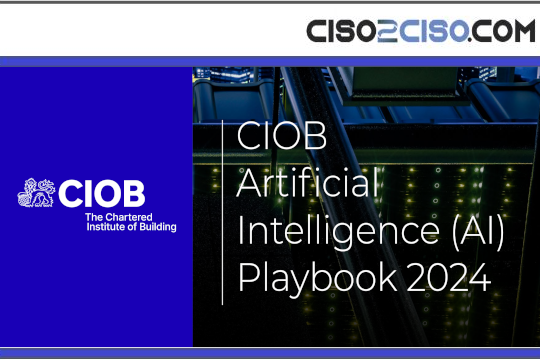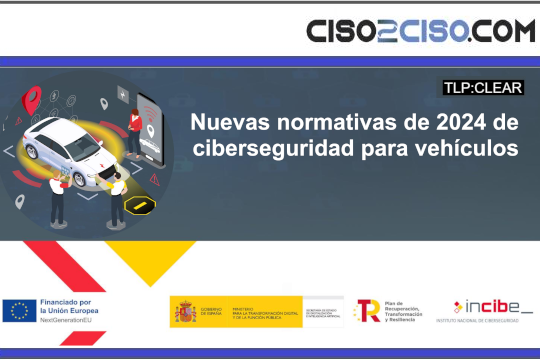Source: levelblue.com – Author: hello@alienvault.com.
Leveling Up GRC: From Fragmented Controls to Strategic Integration
As the attack surface expands and organizations face pressure from evolving regulatory requirements, it becomes increasingly difficult to align compliance management with overall risk strategy. As a result, many organizations are managing compliance and risk separately, leading to redundancies, inefficiencies, and critical gaps that are overlooked or improperly managed. In the 2024 Forrester Report, a Buyer’s Guide: Governance, Risk, and Compliance Platforms, 55% of survey respondents reported that responsibility for their GRC program is spread across multiple departments or geographies, and data is analyzed and reported separately.
The need to meet regulatory requirements often leads an organization to take a more reactive approach to risk management, rather than proactive. When organizations are in reactive mode, they can suffer more frequent incidents, incur greater costs, and experience business disruption. By taking a proactive and unified approach that integrates traditionally siloed functions, organizations can improve risk mitigation and simplify compliance. This can be achieved by implementing a comprehensive Governance, Risk, and Compliance (GRC) framework.
What Is GRC?
GRC is a strategic approach that aligns security governance policies, risk management, and ensures regulatory compliance. It requires the right combination of tools, methodologies, processes, and standards to enable business operations. By providing a single source of truth for risk and compliance data, organizations can make informed decisions, implement critical controls, and reduce redundant documentation that occurs when departments work independently.
The core components of GRC are:
- Governance: A framework that defines processes to guide security policies, clarify roles, and responsibilities and align these with business objectives.
- Risk Management: Identifies, evaluates and mitigates potential threats to data and operations.
- Compliance: Ensures adherence to security and data protection laws, regulations and industry standards, and contractual requirements.
Taking an Integrated Approach to GRC Has Several Benefits:
- Ensure uniformity with standardized policies and procedures that reduce gaps, address vulnerabilities, and enhance operational efficiency,
- Guarantee compliance assurance with current and emerging regulatory requirements, minimizing the risk of legal penalties and reputational damage.
- Provide a holistic view of your organization’s risk landscape, enabling you to identify, assess, and manage risks more effectively.
- Improve accountability by defining everyone’s role and responsibilities, promoting transparency and ownership throughout the organization.
How to Implement a GRC Program?
When implementing a GRC program, organizations should do the following:
- Assess Your Current State and Maturity Level: Organizations should start with a comprehensive risk assessment of existing governance, risk and compliance activities, technologies, and capabilities to identify any gaps, redundancies, and silos.
- Select a GRC Framework: Choose a recognized framework that aligns with your industry and regulatory requirements. This will guide the structure and maturity of your GRC program and help develop well-defined policies and procedures.
- Define Roles and Responsibilities: Establish clear roles for executives, risk managers, and compliance officers, to ensure accountability and provide effective oversight.
- Implement Risk Management Strategies: Create and execute strategies to mitigate identified risks, including applying controls and preparing response plans for potential threats.
- Ensure Compliance: Regularly monitor compliance with legal, regulatory, and internal policies, by conducting internal audits and taking the corrective steps to address any non-compliance issues immediately when they arise.
- Utilize Automation Wherever Possible: Implement Automated GRC tools to streamline processes and provide a full view of your organization’s risk and compliance posture.
- Raise Awareness with Security Training and Accountability: Perform training sessions with your employees to help drive accountability and ensure that everyone within your organization understands their role.
- Continuous Reviews/Updates: Regular reviews and updates to the GRC program can help you adapt to evolving risk and changes in the regulatory environment.
Key Metrics to Measure the Effectiveness of Your GRC Program
What are some key indicators to know if your GRC program is working effectively?
- Shorter Turnaround Time: Compare how much time governance processes and functions take before and after you have implemented your GRC frameworks. For example, you can measure the time taken to complete policy updates, or risks reviews, or control testing. A successful GRC program should streamline workflows and reduce delays.
- Increased Findings: The number of critical findings discovered from risk assessments, and the average time it takes to remediate risk incidents. More findings initially may indicate better visibility and effectiveness in identifying previous hidden risks, and over time faster response and resolution will also reflect maturity and responsiveness in risk management.
- Greater Alignment with Compliance Frameworks: Track the amount of compliance frameworks that have been integrated into your GRC processes. This can reflect how well your GRC program is scaling to meet the evolving regulatory requirements and industry standards.
- Improved Audit Timeline: The percentage of internal audits that have been completed by their deadline suggesting better coordination and preparedness, thus reducing manual efforts with improved accountability.
- Fewer Violations: Reduction in compliance violations (e.g., reporting failures, regulatory penalties), can indicate that your GRC program is effectively preventing issues, and improving your overall compliance posture.
Partner with LevelBlue to Simplify Your Compliance and Risk Management with Managed GRC
For guidance and support with your GRC program, a managed security service provider like LevelBlue can help. LevelBlue offers a comprehensive suite of managed GRC services delivered by our team of experts, designed to transform fragmented security and compliance processes into a unified, effective framework. Partnering with LevelBlue means gaining a trusted advisor dedicated to enhancing your cybersecurity posture, ensuring operational efficiency, and safeguarding your organization’s reputation in today’s increasingly challenging threat landscape. We offer flexibility through service tiers that enable you to adapt and scale your GRC program. This allows you to build capabilities and evolve your program from a compliance-focused approach to a risk-driven strategy.
Click here to learn more.
Original Post url: https://levelblue.com/blogs/security-essentials/leveling-up-grc-from-fragmented-controls-to-strategic-integration
Category & Tags: –
Views: 2


